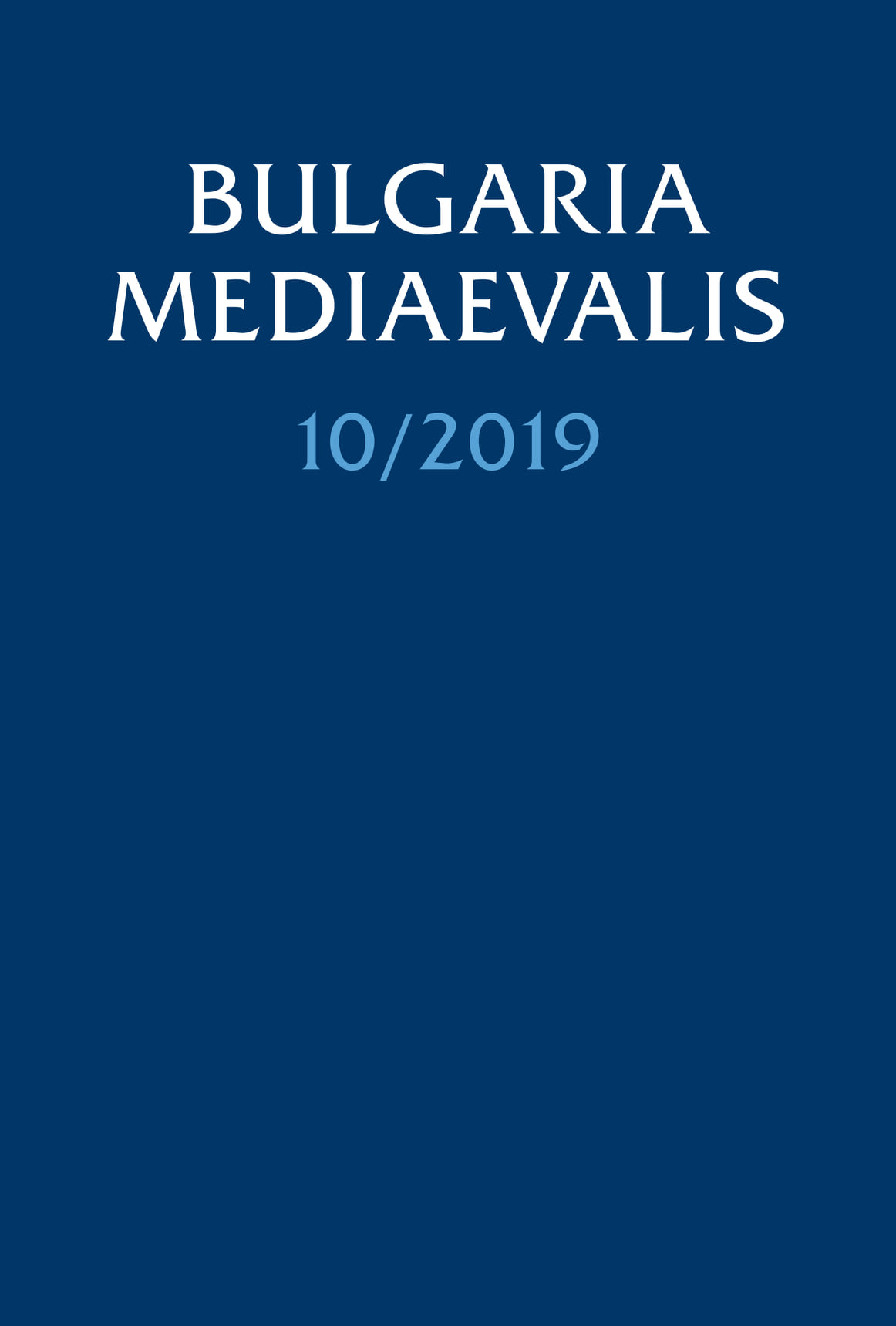Крал и император Сигизмунд І Люксембургски (1387–1437) и българите
King and emperor Sigismund I of Luxembourg (1387–1437) and the Bulgarians
Author(s): Vassil GjuzelevSubject(s): History, Middle Ages
Published by: Фондация "Българско историческо наследство"
Keywords: Sigismund I; Ivan Shishman; Ivan Sratsimir; Gregory Tsamblak; Isidore of Kiev; Joseph II; Pippo Spano; Bulgarian-Hungarian relations; medieval Bulgarian history.
Summary/Abstract: The study of the relations of Sigismund I with Bulgaria, its rulers and church leaders requires final systematization and recapitulation. The relations of the Hungarian king with the Bulgarian rulers Ivan Shishman and Ivan Sratsimir, attested in historical works, could not save the Tarnovo and Vidin tsardoms from the Turkish conquest. With his patronage over their sons Fruzhin and Konstantin in their political activity, he registered his readiness to assist in the restoration of the tsardoms inherited by them. Key figures in Bulgarian-Hungarian relations in that period were the count of Temesvar, Pippo Spano, and the Serbian despot, Stefan Lazarevic. Sigismund I also had direct or indirect connections with other Bulgarian personalities – the church figures Gregory Tsamblak, Isidore of Kiev and Joseph II. Despite these connections and Sigismund I’s direct acquaintance with Bulgarian figures and lands, the Bulgarian question occupied an insignificant place in the overall Balkan policy of the Hungarian king, but nevertheless he knew well and used the potential of the Bulgarian military force. It is significant that in the folklore consciousness of the Bulgarians as a significant figure remained Philip the Magyar, i.e. Pippo Spano, and not his sovereign. In return, he left a materialized memory in the Bulgarian lands. Sigismund coins (gold guldens, silver parvus and copper quatrings) were found in Varna, Veliko Tarnovo, Ovech and Shumen. They are not evidence of the fighting of King Sigismund I in the Bulgarian lands, but of the passage of the troops of the Polish-Hungarian king Wladyslaw III Jagiello and the Transylvanian voivode Janos Hunyadi in 1444 through them. Yet they are a reminder of an existing historical connection.
Journal: Bulgaria Mediaevalis
- Issue Year: 10/2019
- Issue No: 1
- Page Range: 383-411
- Page Count: 29
- Language: Bulgarian
- Content File-PDF

